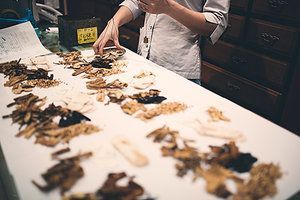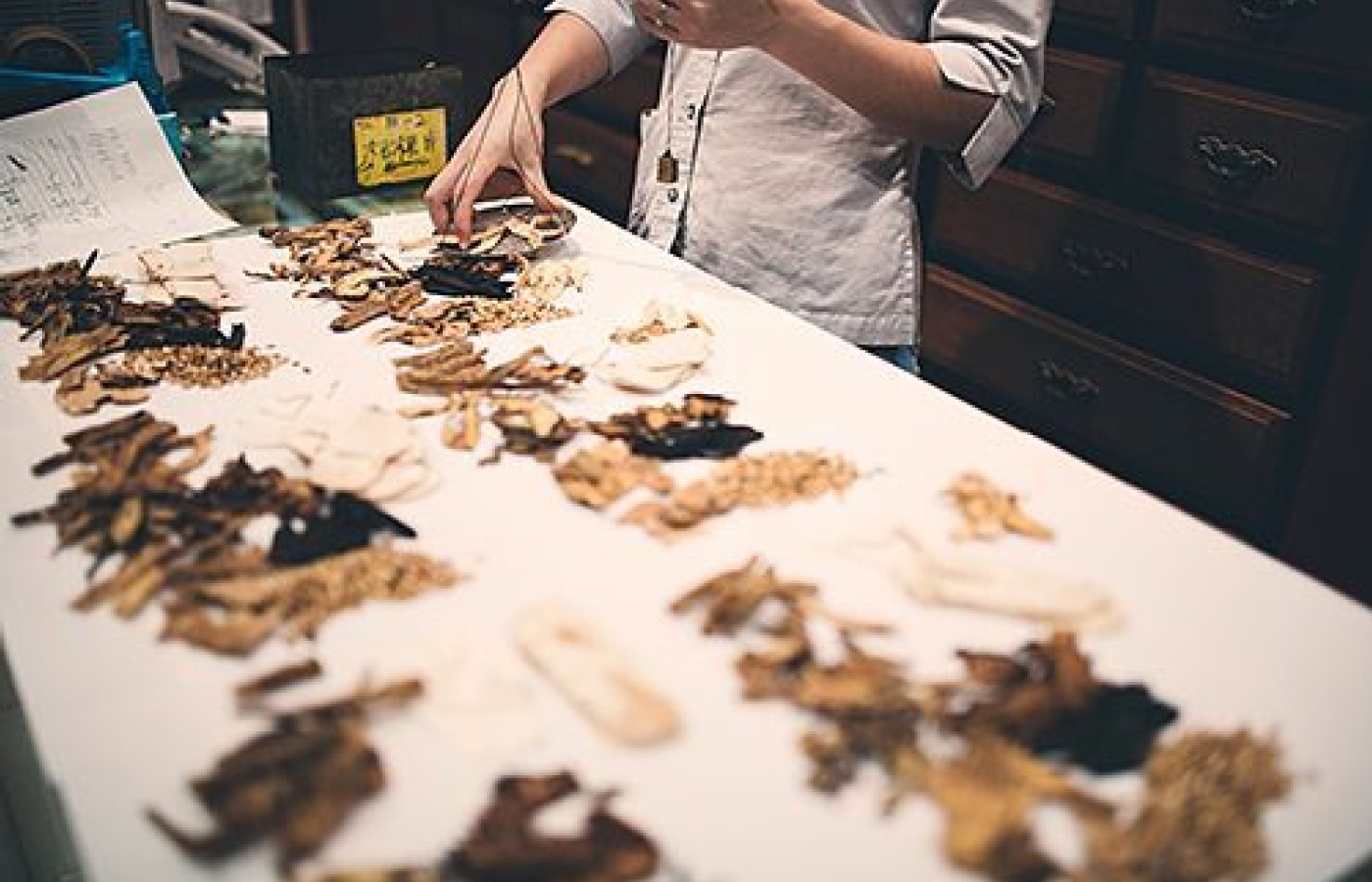Whether you accept it, avoid it or live somewhere in between, insurance coverage has become a defining issue for our profession. Patients increasingly expect to use their benefits, practitioners want to be compensated fairly for their time and expertise, and the system itself remains – at best – fragmented. The encouraging news is that coverage has expanded in meaningful ways. The challenging news is that reimbursement, across the board, remains inadequate.
Preparing for Spring: Essential Herbs That Target the Liver Organ and Meridian
As we begin to move out of the colder winter months and slowly inch closer to the spring season, subtle changes begin to stir within the environment and the physical body. The spring season is connected to the TCM concept of the liver organ and its corresponding liver meridian, with its activity of coursing the qi and concomitantly moving the blood. After the colder winter months with less physical activity and heavier diet, the liver activity of coursing and moving the qi may be potentially stagnant.
It is important for clinicians to keep these concepts in mind when examining patient health complaints which arise as the winter fades and the spring season begins to dawn. Let's discuss three of my favorite TCM formulas / patent medicines which target the liver organ / liver meridian and how these formulas can be modified to help patients harmonize their bodies with the spring season.

Chai Hu Shu Gan San, Xiao Yao San and Yi Guan Jian each target the liver organ / liver meridian associated with the spring season and can be used / modified to target the specific pattern of disharmony of the respective patient. Often patients have pattern presentations that may have underlying liver qi stagnation issues exacerbated when the spring season begins to awaken. In these cases, the aforementioned formulas can be highly effective to help the patient harmonize with the spring season and resolve underlying issues of stagnation that may not be obvious from standard tongue / pulse presentations.
Chai Hu Shu Gan San
This formula is perhaps my favorite formula to use during the spring season to help assure that liver stagnation does not complicate other presenting factors. Chai Hu Shu Gan San soothes the liver, activates the qi, invigorates blood, harmonizes spleen and liver, and stops pain. It can be a highly effective adjunct formula when patients present with complicated excess and deficiency syndromes that are slightly improving, but not yet resolved by their respective medicines. I often use this formula with patients who have a history of liver qi stagnation and experience sluggish digestion or seasonal allergies which worsen during the spring season.
If a patient has significant spleen qi deficiency, this formula can be combined with the formula Bu Zhong Yi Qi Tang to more effectively resolve chronic patterns of liver / spleen disharmony that are worsened due to a heavy winter diet. If the patient has followed a high-fat or high-protein diet during the winter season and presents with digestive issues during the spring season, the formulas Chai Hu Shu Gan San and Bao He Wan can be combined to target potential liver / spleen disharmony with food stagnation.
Xiao Yao San
This formula is without a doubt the most commonly used formula in the contemporary TCM clinic and has the actions of soothing the liver, moving liver blood, harmonizing the liver / spleen, and tonifying blood. Xiao Yao San is a gentle formula that can be used during the spring season for patients suffering from poor digestion after a long winter season; and for patients who follow high-fat / high-protein diets with symptoms of loose stool or alternating loose stool with constipation; or what functional medicine would term "leaky gut" syndromes.
I particularly use this formula for patients who describe using enzyme supplements or probiotics with no improvement. In such cases, I typically combine Xiao Yao San with Chai Hu Shu Gan San or Bao He Wan depending upon tongue / pulse presentations. Either one of these combinations can be taken for three to four weeks during the spring season to help resolve such chronic issues.
Yi Guan Jian
This formula is one I use extensively due to its unique therapeutic nature. Yi Guan Jian has the actions of nourishing liver yin / liver blood, soothing the liver, moistening the tendons, and supporting kidney yin. These actions create a unique therapeutic vector which has extensive applications for patients suffering from stagnation issues with underlying yin deficiency issues.
The combination of liver qi stagnation / blood stasis with yin deficiency is an extremely common complex pattern that will not resolve with standard liver formulas such as Xiao Yao San and Chai Hu Shu Gan San alone. I find Yi Guan Jian highly effective for patients suffering with this complex pattern of stagnation with yin deficiency; and particularly with patients who have this complex pattern presenting with chronic musculoskeletal pain.
For patients with stagnation with yin deficiency who have pain that worsens with cold, or athletes with the pattern who find they need extra warm-up times as the winter phases into spring, Yi Guan Jian can be an extremely important formula. If the patient also shows signs of digestive issues with stagnation and yin deficiency, Yi Guan Jian can easily be combined with Chai Hu Shu Gan San or Xiao Yao San.



